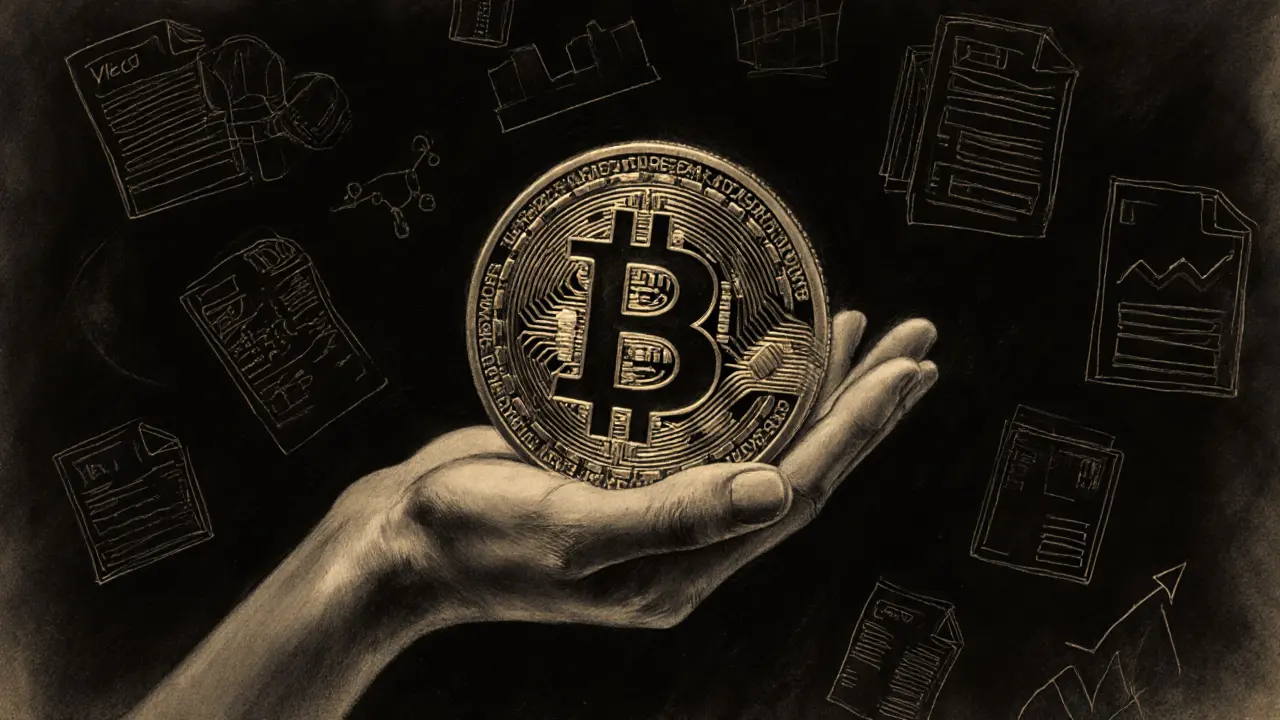Anzen Finance's USDZ is a stablecoin backed by U.S. private credit loans, not cash. It offers 16% APY through staking and operates on Ethereum and Layer-2 chains. Learn how it works, its risks, and how it compares to USDC and USDT.
USDZ Crypto: What It Is, Why It Matters, and What You Should Know
When you hear USDZ crypto, a digital token meant to represent one US dollar on a blockchain. Also known as USDZ stablecoin, it’s supposed to give you the stability of cash without the banks. But here’s the catch: there’s no widely recognized, verified USDZ token in circulation. Most projects calling themselves USDZ are either dead, unverified, or outright scams. The real stablecoins—like USDT, USDC, or DAI—have audits, reserves, and transparent teams. USDZ? It’s often just a name slapped on a token with zero backing and zero trading volume.
That’s why you’ll find so many posts here about fake tokens pretending to be USDZ. Take Dynamic Trust Network (DTN), a fraudulent crypto token with a fake price and no circulating supply—it’s not USDZ, but it works the same way: fake name, no transparency, and a promise that doesn’t exist. Same with HarryPotterTrumpSonic100Inu, a meme coin with no utility, no team, and zero volume. These aren’t just bad investments—they’re traps. People see "USDZ" and think "safe dollar-backed asset." But without a public audit, a real company behind it, or even a live trading pair, it’s just a digital ghost.
Stablecoins are supposed to be the anchor in crypto’s wild seas. But when anyone can mint a token called USDZ and list it on a sketchy exchange, the whole idea gets polluted. That’s why platforms like Binance, the world’s largest crypto exchange with verified listings and security standards don’t list fake USDZ tokens. They know the risks. And so should you. If a token claims to be USDZ but isn’t on CoinMarketCap, doesn’t have a website, and has no trading history—it’s not a coin. It’s a warning sign.
What you’ll find below isn’t a list of USDZ projects—it’s a list of lessons. Posts about failed airdrops, dead exchanges, and scam tokens all share one thing: they prey on trust. Someone sees "USDZ" and assumes it’s safe. They don’t check the contract. They don’t look for audits. They just click. And that’s exactly what the scammers count on. The real USDZ—if it ever launches—will be transparent, audited, and tracked. Everything else? It’s just noise. Below, you’ll see how these scams work, who gets hurt, and how to avoid becoming the next statistic.

